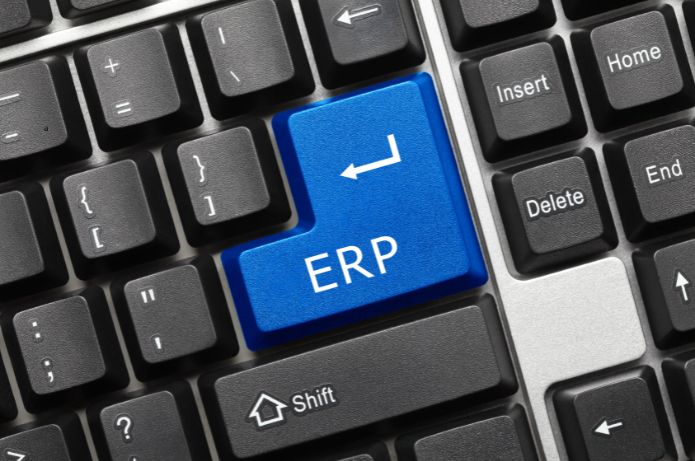With the proximity of Mother's Day, it is time to celebrate not only maternal affection and dedication, but also to recognize the impact that motherhood has on different spheres of life, including the professional area.Thinking of the technology sector, more and more women reconcile the challenges of raising children with their careers, in a dynamic and constantly changing environment.
According to a survey conducted in 2023 by the consultancy Elliott Scott HR Brazil69% of workers with children in early childhood believe that professional growth is slower compared to those who are not mothers. The data reinforces the obstacles still faced by mothers in the corporate environment, especially in highly competitive areas and generally dominated by men.
Still, many of these protagonists have turned motherhood into a powerful source of learning, resilience and leadership. In this scenario, mothers who work in the tech market share how the experience of motherhood directly influenced their professional journeys.
Maria Fernanda Antunes Junqueira & Fundadora do CUPONATION
“Maternity taught me to prioritize what really matters, to let go of procrastination and set boundaries more clearly. Taking care of my children and dealing with the daily challenges of this role has made me more resilient and prepared for the unexpected. I learned that we have no control over everything, and that's fine. I focused on what is within my reach and started to trust my team and support network more, which has opened space for new ideas and more creative solutions.”
Renata Khaled, Vice President of Sales Tuna Pagamentos
Motherhood has brought challenges and deep learning to Renata Khaled's, who saw the career transform after the birth of daughter Isis in 2015. Upon returning from maternity leave, the executive decided to seek new directions and worked for a large marketplace, where she led the hunting area. “Double working hours required organization and resilience, especially as a solo mother, but also led me to prioritize efficiency and autonomy in the work”, says the current vice president of sales at Tuna.
Despite facing prejudices, such as the suggestion of “avoid hiring” mothers, she found hospitality and a good part of her career after the birth of her daughter, where transparency about family routine was valued. Today, she leads a mostly female team, proud to include mothers of young children. “The empathy I found helps me a lot in management. For me, the concern for the family is above any goal”, he reinforces. “SWatching these women grow professionally fills me with pride, especially when they create meaningful memories with their children. The example inspires and multiplies & we are forming resilient women who will naturally empower others in the future”, she concludes.
Camila Shimada, Head of Marketing and Human Resources Lerian
Mother of four small children Camilla highlights how motherhood shaped her vision of leadership: “Being mother taught me that time is a precious resource & that caring is a potent form of leadership.Maternity has brought me a more attentive listening, a more sensitive look at people and a different urgency to day-to-day decisions. At work, this translates into real empathy, willingness to include and a sharp intuition about what needs attention now & what can expect.”
The executive, who throughout the construction of being a mother has already gone through several large companies in the area of marketing, reinforces how the dynamism of motherhood prepared her for the challenges of the tech world.“Conciling the routine with the rhythm of a startup is never simple, but it is precisely this dynamism that strengthens me. I learned to be more flexible, creative and present. Motherhood has not taken me away from my career, it deepened me in her and brought visions that I apply in my day to day. Building more human and welcoming environments is also a way of caring for the future that I want for my children”, he concludes.
Maisa Amaral is co-founder and Head of Legal and Compliance at Maisa Amaral Lerian
Maisa she also found in technology an ally to reconcile career and motherhood. “It was precisely after motherhood that I understood how the technology sector could be an ally to keep my career active without giving up the presence in the routine of my children. The real possibility of working in home office made me seek more and more space in this sector I specialized, changed course when I needed, and today I make a point of continuing in this ecosystem that offers more flexibility and autonomy”, she says.
In addition to professional adaptation, she emphasizes a greater purpose.Lerian's legal and compliance head believes that being a mother made her make a personal commitment to building more balanced work environments.“Defending remote work, flexible hours and a culture based on trust and result. And, working in the tech sector, I am also careful to think about how we use the tools we create: that they are at the service of people, and not the other way around”, he concludes.
Simone Gasperin Partner & Head of Marketing and Growth BPool
For Simone, motherhood has brought not only personal transformations, but also in the way she faces her career. “ Motherhood transformed me as a person and as a professional. I became more aware of who I am, what I can build and, with the same clarity, my limitations. I learned (and continue learning every day) to take better care of my time, my choices and not to leave me for later. Being a mother is to live the deepest love that exists & also the most intense responsibility. It is a daily exercise of presence, courage and balance”, she concludes.











